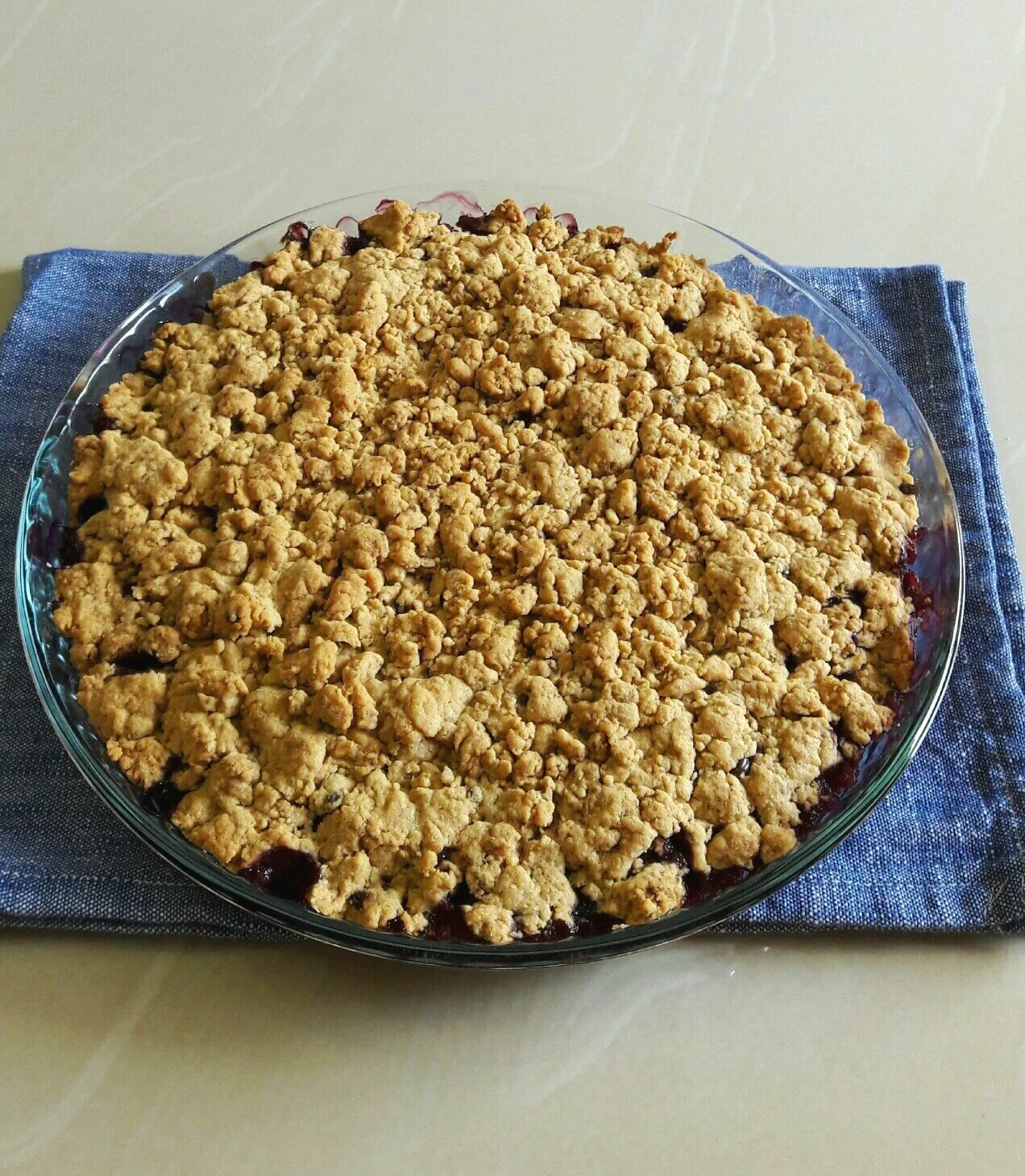Glücksschweinchen (Lucky Piggy Pastries)
“Schwein gehabt” is a common German expression that means: “got lucky there”. In Germany, the pig (schwein) is considered an auspicious symbol — it stands for good luck, wealth, and prosperity. Historically, the lucky pig concept harks back to the Middle Ages. At that time, pig ownership was viewed as a sign of wealth and prosperity. At the beginning of the year, it is common in Germany to gift friends and family members marzipan glücksschweinchen (marzipan pig-shaped treats) as a way of wishing them good luck. There are also baked versions of glücksschweinchen.
Let us start the new year with some baked glücksschweinchen. The little cuties featured here consist of a cream cheese-enriched flaky, buttery pastry with a Java apple jam filling. This jam is homemade and has concentrated Java apple flavours with a perfect balance of sweetness and tartness. While this jam is delicious and complements the pastry perfectly, it can be substituted with the jam of your choice. For example, raspberry jam would make a great filling for these glücksschweinchen.
These pastries are adapted from the blog Hungry Peepor’s adaptation of a German magazine recipe. I changed the composition of the dough, substituting the milk and olive oil with butter, adding a little golden granulated sugar, and flavouring the dough with vanilla extract. Moreover, I substituted the savoury pesto filling with jam.
Glücksschweinchen (Lucky Piggy Pastries)
Makes about 10 pastries
Ingredients
300 g all-purpose flour
2 teaspoons baking powder
150 g cream cheese
157 g unsalted butter, softened
1/2 teaspoon coarse sea salt
1 tablespoon golden granulated sugar
1 large egg, lightly beaten
1 teaspoon vanilla extract
Egg Glaze: 1 egg, 1 teaspoon milk, 1 pinch coarse sea salt
3 tablespoons jam of your choice (I used homemade Java apple jam)
20 peppercorns
Method
In a large bowl, sift together the flour and baking powder. Set aside.
In a large bowl, using a wooden spatula, cream together the cream cheese, butter, salt, and sugar. Add the beaten egg and the vanilla extract.
Add the flour mixture.
Mix well until it comes together into a soft dough.
Wrap the dough in cling film and refrigerate it for at least an hour.
Using a rolling pin, roll out the dough to a 5-mm-thickness.
For every 2 piggy pastries, cut out 5 7-cm-diameter rounds and 2 2.5-cm-diameter rounds.
Place 2 large rounds 5 cm apart onto a parchment-lined baking sheet. Top each of these 2 rounds with a teaspoon of jam.
Cut a large round in quarters. Place 2 of these quarters on a jam-topped round to make the ears. Repeat with the other jam-topped round.
Cover each jam-topped round with a large round. Press on the edges to bind them.
Lightly press a small round on the bottom half of the piggy face to make the pig snout. Using a bamboo skewer or a chopstick, drill two holes into the snout.
Press 2 peppercorns into the piggy face, above the snout, to make the eyes.
Repeat with the other piggy face.
Repeat above procedure with the rest of the dough to make the rest of the piggy pastries.
Preheat the oven at 180°C.
Make the egg glaze by mixing together an egg, 1 teaspoon milk, and a pinch of salt.
Brush each piggy pastry with the egg glaze.
Bake at 180°C for 20 minutes until golden and cooked through.
Remove from the oven and leave to cool on a rack.
Caution: Please note that the peppercorns are only for decorative purposes and should be removed prior to consumption of these pastries.
Happy New Year, Everyone!





